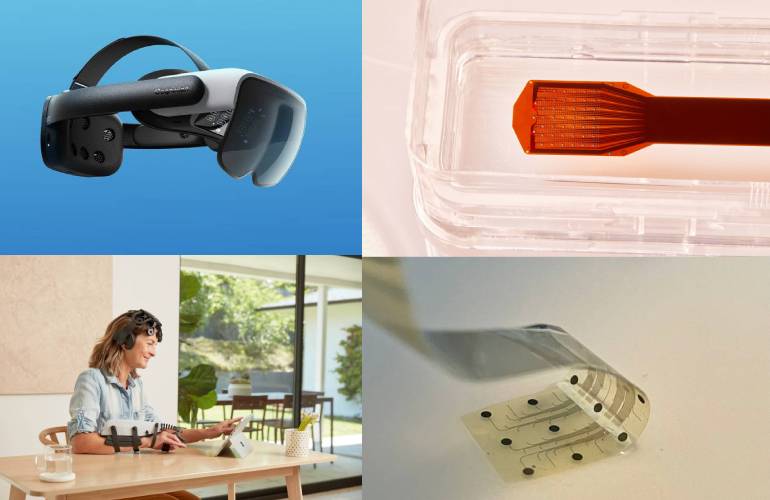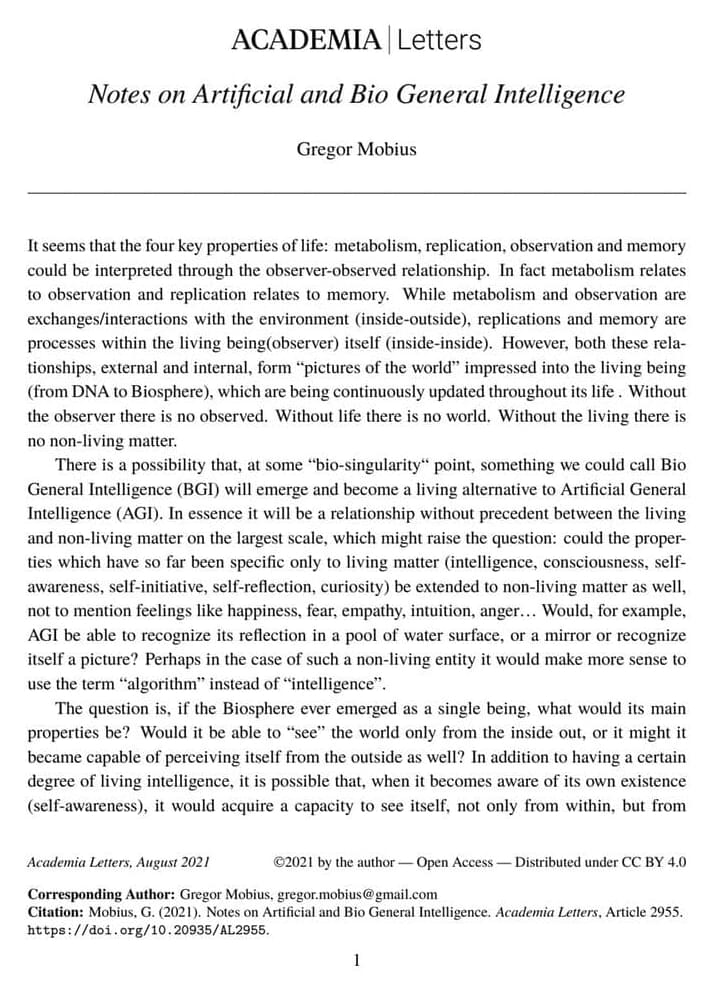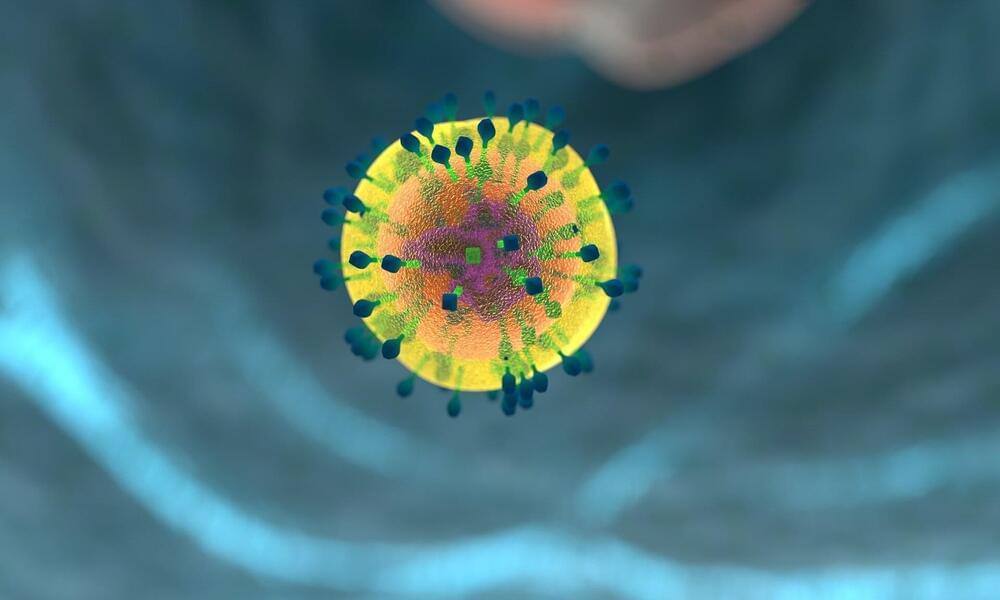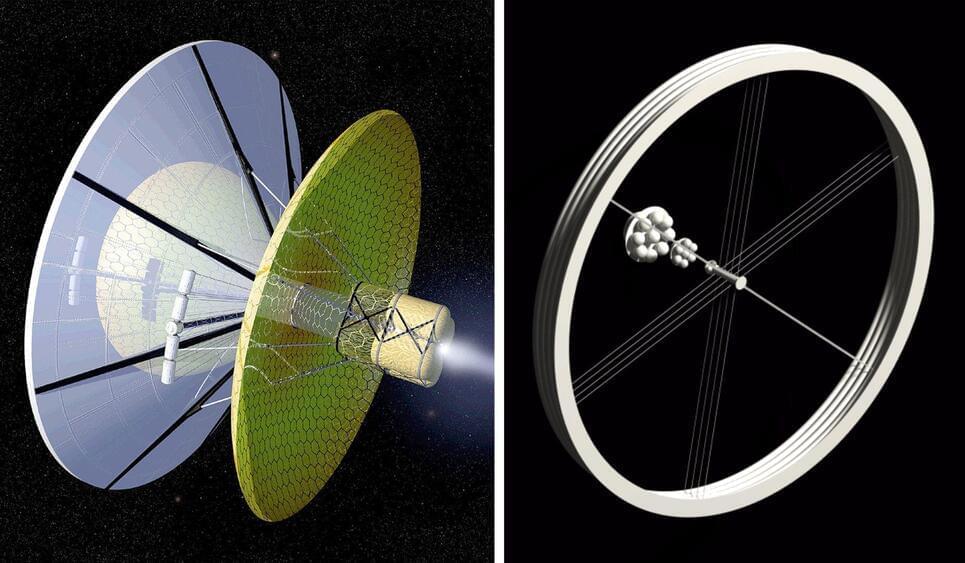Longevity drugs for our canine companions are moving closer to reality. They also raise questions about what it might mean to succeed.



The brain-computer interface (BCI) space continues to rise in notoriety, and a number of players are throwing their hats in the ring.
Such technologies could enable users to control a computer with their brain, or even go beyond that. Countless immobile people someday could control a mouse cursor, keyboard, mobile device/tablet, wheelchair or prosthetic device by only thinking.
Big names have already established their presence in the space. Elon Musk’s Neuralink continues to make headway, while Bill Gates-and Jeff Bezos-backed Synchron has an innovative catheter-delivered implant. Blackrock Neurotech, which has a next-generation BCI, has been implanting its Utah Array in patients since 2004.



New research at ACR Convergence 2023, the American College of Rheumatology’s annual meeting, demonstrates that CAR-T cell therapy could lead to sustained suppression of autoantibodies in treatment-resistant lupus while maintaining a robust response to vaccines.
Systemic lupus erythematosus (SLE, lupus) is a complex autoimmune disease marked by the production of autoantibodies to nucleic acid DNA and nuclear protein autoantigens and is associated with dysfunctional B cells. It mainly affects women and is more common and severe in people who are Black, Hispanic, or Asian. Lupus can lead to a wide range of systemic problems varying in severity, including skin, kidney, lung, joints, and heart disease and complications during pregnancy.
The disease often requires life-long treatment with immunosuppressive or immunomodulatory drugs, and a considerable number of patients don’t respond to them. One theoretical option for these patients is chimeric antigen receptor (CAR)-T cell therapy, which is successfully used to treat refractory blood cancers by destroying malignant cells.

A new study in mice found limited intakes of one particular essential amino acid slowed the impacts of ageing and even lengthened their lifespan.
Scientists are now wondering if these findings could help people improve their longevity and quality of life.
Isoleucine is one of three branched-chain amino acids we use to build proteins in our bodies. It is essential for our survival, but since our cells can’t produce it from scratch, we have to get it from sources like eggs, dairy, soy protein and meats.




Now that’s forward thinking but it’ll be a long while. But that’s science!
Nothing escapes black holes, but over the decades researchers have worked out ways to get some energy out of them. Some happen naturally, and some energy can be stolen in clever ways. Now, researchers have worked out novel approaches to use black holes as power sources, suggesting that they can be used as either batteries or nuclear reactors.
The assumption of this study is a Schwarzschild black hole – one that has no electric charge or angular momentum. So, it’s neutral and it doesn’t spin. By dropping charged particles on it, the black holes can be made to have a static electric field – and suddenly, you have the makings of a battery.
The team imagined the black hole in a cavity from which electrical charge can be put in and then extracted in a slow controllable way, and with impressive efficiency. This theoretical black battery could transform up to 25 percent of its mass into electrical energy.